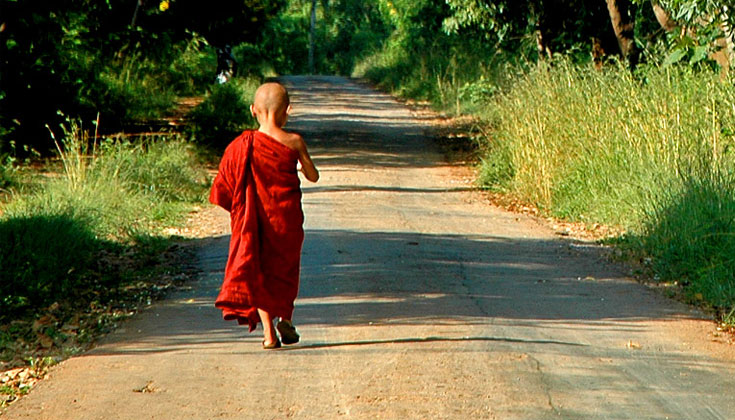Why Buddhist Communities Should Include Children

About This Resource
Details
Why Buddhist Communities Should Include Children
By Jeff Wilson
I’ve noticed that you can basically divide North American Buddhist communities into two types: those with children present and those without. Many other things, such as styles of practice, lineages, race, class, institutional size and stability, and so on often fall into place as well along one or the other side of this dividing line. Childless Buddhism is a peculiar phenomenon, unknown in Asia but common here.
There are particular reasons why childless Buddhism occurs. Many Western practitioners arrive at dharma centers as adults, without any childhood experience of Buddhism. They engage with the dharma to meet their grown-up concerns, and they shape it to their grown-up needs. Some arrive as university students, without children in tow, while others are older practitioners whose children, if they had any, have moved out of the nest. Even many practitioners with younger children don’t automatically connect their dharma pursuits and family matters, especially if their time at the temple is partly an escape from the pressures and anxieties of their normal everyday lives.
There has been a lot of good discussion about inclusivity recently, and many sanghas are waking up to the fact that an open-door policy doesn’t work. Or if you want to be inclusive racially, sexuality-wise, and so on, you need to be intentional about doing active outreach, creating spaces that are comfortable for diverse populations, empowering various groups as students and teachers, and offering activities designed with the opportunities and challenges of multifaceted communities in mind.
The same is true if we want generationally integrated temples. The standard delivery methods won’t work for most children, who can’t be expected to sit through long periods of silent, non-fidgeting meditation or abstract, philosophical dharma talks.
We need to recognize that teaching children the dharma is genuine bodhisattva work, and it involves the sacrifice of our own wishes and comforts in practicing Buddhism. It would be a mistake to think that kids don’t need Buddhism or that we can simply wait until they’re old enough to join a meditation center. Children’s lives are full of stress and pain, just as adult lives are — is there any greater hell realm than junior high school?
The bodhisattva Jizo cares for children who pass away and need help moving to their next life. We also need legions of living bodhisattvas willing to roll up their sleeves and nurture the children excluded from our temples so that they — and their stressed-out parents! — can access the dharma’s benefits, now and for the future. It is inherently rewarding work, but the primary payoff lies over the horizon, in a future we likely won’t individually see. In that future, the seeds these bodhisattvas plant today sprout as vibrant, generationally integrated communities filled with lifelong Buddhists who take the dharma with them into all facets of their lives.
